Short Answer — A 1950 $10 bill may be worth as little as its face value ($10) or as high as several hundred dollars depending on its condition, serial number, and unique or rare printing features. For more information about how to find the value of a 1950 $10 bill, see below.
How Much Is a 1950 $10 Bill Worth?
Most 1950 $10 bills are not high in value. Age alone doesn’t make bills worth more money on the collectible currency market. The bill may be worth as little as its face value of $10.[1]
The bill may not even be quite as old as you think; unlike coins, which are identified by the year they’re minted, bills are identified by the year that the design was adopted.
A letter (series 1950A, 1950B, etc.) is added for every minor change to that same design.[2]
However, collectors are willing to pay considerable sums for bills with unique traits like unusual misprints or unique serial numbers.
A bill’s value depends on several factors: its condition, serial number, whether it includes a star note, and whether it includes any notable misprints.[3]
We detail these factors below to help you determine the worth of your 1950 $10 bill.
Condition
The better the condition of a bill, the more money it’ll be worth.
Grading systems may vary somewhat depending on the appraiser, but usually consider whether the bill has any wear, folds marks, tears, water damage, or damaged corners.
“Crisp uncirculated” currency is of the highest value, featuring no fold marks or wears, a crisp and deeply colored surface, and sharp corners. [4]
An uncirculated 1950 $10 bill with no other significant features will usually sell for around $35.[5] Bills in lesser condition will fetch smaller prices.
Serial Numbers and Star Notes
The serial number is a collection of numbers and letters appearing on the bill to denote each bill’s unique identity and the series year.
Some bills also include a “star note,” a suffix added to the serial number when a bill is replaced due to damage during production.[2]
The most valuable star notes are those older than the year 1935, so having a 1950 $10 bill with a star note is not enough to make it worth more than face value.[6]
Other irregularities in the serial number can make a 1950 $10 bill more valuable, however. The most popular serial oddities include:[7][8]
- Solid serial numbers: Made up of only one number, e.g., 33333333
- Low serial numbers: Made up of two or less digits, e.g., 00000003
- Trailing zeros: A number followed by zeros, e.g., 30000000
- Ladders: A sequence of numbers, e.g., 12345678
- Radar serial numbers: Read the same forward or backward, e.g., 34444443
- Flippers: Read the same upside down, e.g., 86688998
- Repeaters: Made up of a number that repeats, e.g., 31403140
- Binary: Made up of only “0” and “1,” e.g., 10010011
- Standalones: Made up of a number surrounded by zeros, e.g., 00030000
It’s difficult to name an exact value for each of these “fancy” serial number types since your valuation will depend on the other factors discussed here.
Still, if you have a bill in good to excellent condition, these features can increase its value even further. Many bills of these types in good condition sell for $50 to $100 or more.[9]
Valuable Misprints
Misprinting refers to any errors that occurred during the printing process.
It’s important to note that no misprint is unique. Often, when one mistake is made, many more notes are printed the same way before the problem is detected. The value is often based on the rarity of the misprint.
Some examples of misprints include seals and serial numbers appearing in the wrong spot, missing elements, mismatched serial numbers, inverted signatures, and ink smears — each having its own unique value.[10]
You might have noticed something missing on a 1950 $10 bill when compared to current bills: it doesn’t include the motto “In God We Trust.” This isn’t a misprint — the words weren’t added to the $10 bill’s design until 1964.[11]
Upside down flags printed on the bill’s back are also not considered a misprint and add no value to the bill.[12]
Where to Buy/Sell
Since the value of a 1950 $10 bill varies so widely, your best bet when buying or selling is to consult an expert on currency collection, such as Manifest Auctions or American Rarities.
The eBay Coins & Paper Money marketplace can also be a good place to buy and sell, connecting collectors and sellers worldwide.
 William Lipovsky
William Lipovsky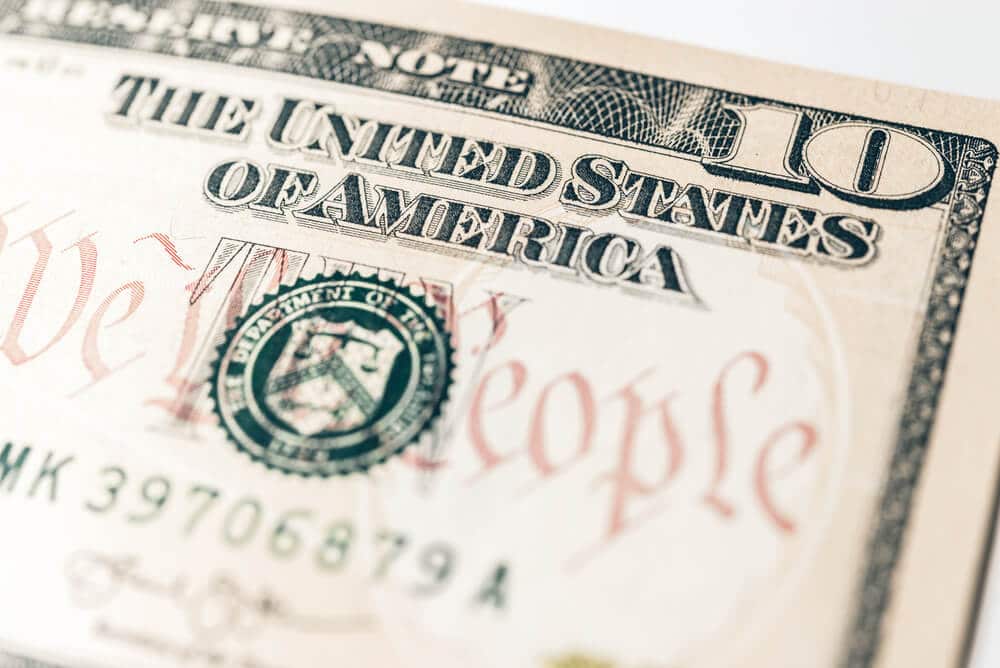

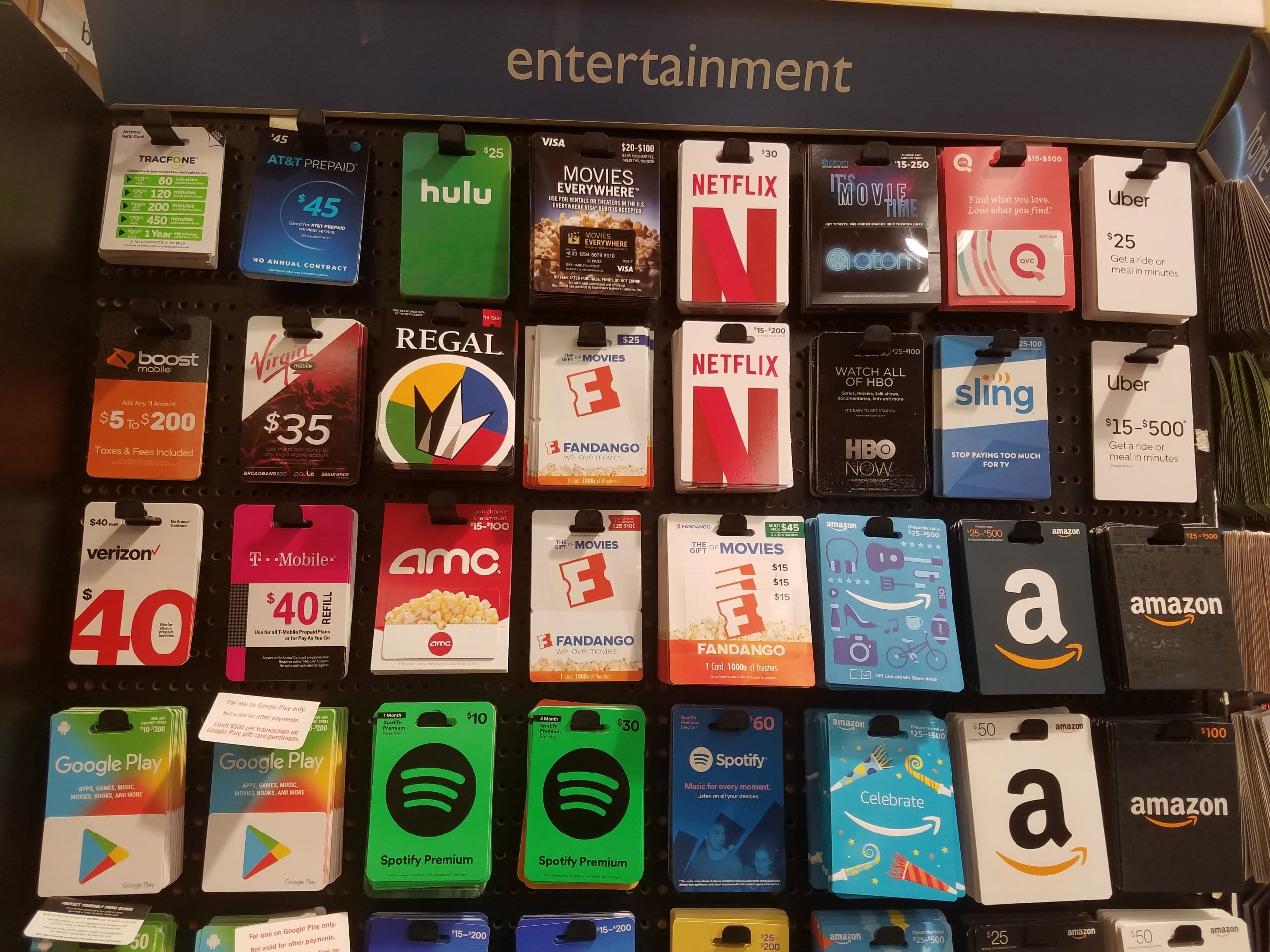


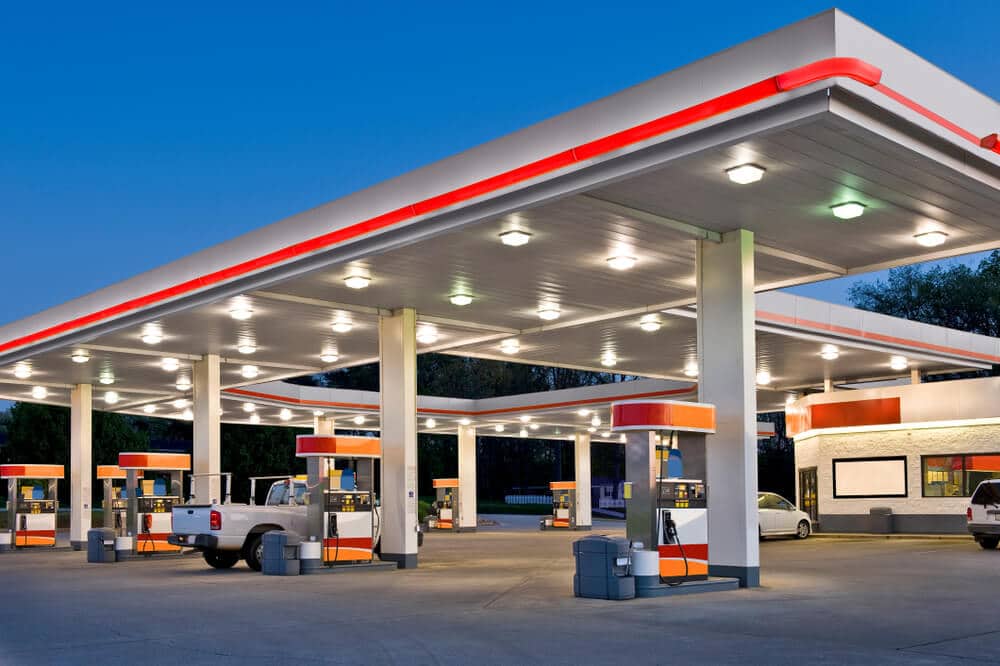
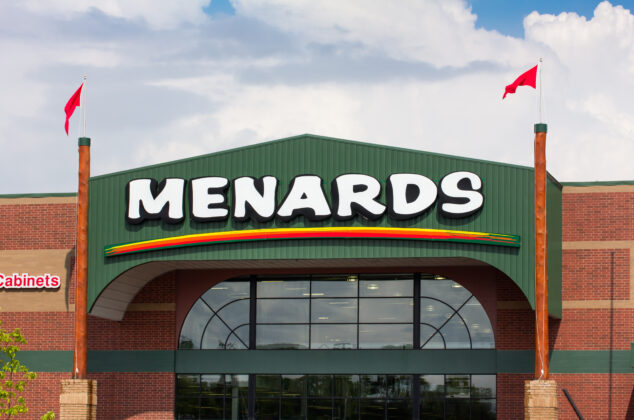
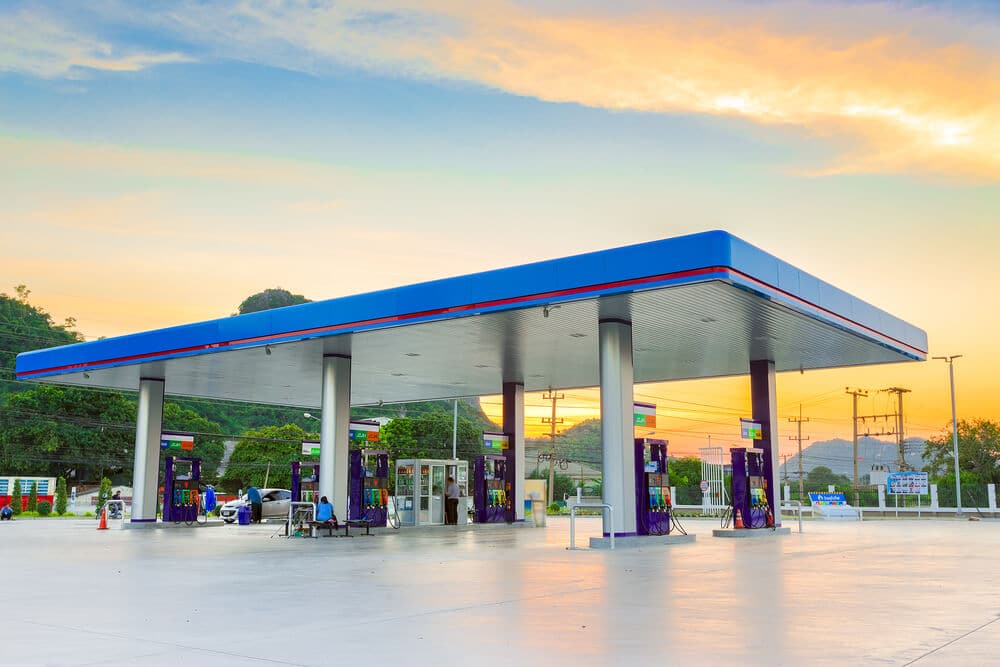
Got a 1950 $10, serial number : G19149916 A
Hi there!
It doesn’t appear that your bill has any serial irregularities that would add value to it. However, always keep in mind that these bills in mint condition often fetch as much as twice their face value. Good luck!
I picked up this old $10 1950 bill at work today, serial is nothing special and it’s fairly worn, but it’s rather off-center on the face, the ink at the top is nearly at the cut! The reverse looks normal.
I doubt it’s worth more than face value, but I just want to be sure, thanks for taking the time to check for me 🙂
Hi Ken,
Thanks for sending along pics! It sounds like you have a misalignment. Consider getting it graded by a reputable dealer who will let you know how rare (or common) this misalignment is and whether or not the edge has been trimmed to make it look misaligned. Severe misalignments are often worth about ten times the bill’s original value — about $100. But keep in mind the condition of the bill could affect the value. Good luck!
1950 $10 bill C series serial A41453056
Hi Brian,
Unfortunately, your bill does not have any serial oddities that would add to its value. However, keep in mind that a 1950 $10 bill in mint condition may be worth about twice its face value. Good luck!
A09247385* it’s misaligned it’s been in Circulation it looks to be in ok conditon an has a C stamp
Hi Anthony,
Your bill doesn’t have any serial irregularities, so we can turn our attention to the apparent misalignment. The value of the bill will depend on two variables: (1) the severity of the misalignment and (2) the condition of the bill. I recommend having a dealer examine the misalignment for you. Good luck!
I have an $10 dollar bill 1950 B
G 37366532 F and a 1950 E
G 76138083 H and a 1990
G 76509564 C all $10 bills and a $2
Bill 2009 G 04954574 A all has an 7 on them just want to know the value.
Hi there!
While it doesn’t appear that any of your bills have unique serial numbers that would add to their value, your Series E bill may be worth more than the others, provided it is in mint condition. Collectors are often more interested in series E 1950 $10 bills because this series is rarer than series A-D.
hi i have 2 ten dollar bills 1950 D – seriel B 97695249 I and B 52847112J ARE these valuable? thanks
Hi John,
It doesn’t appear that your bills have any serial oddities that would add value to them. However, always keep in mind that collectors often buy mint condition 1950 $10 bills for about twice the face value even without any unique serial combinations. Good luck!
1950 D
K11055541B
Hi Crystal,
It looks like your bill doesn’t contain any unique number combinations that would add to its value. However, always keep in mind that these bills in mint condition are often sought by collectors who are willing to pay about twice their face value. Good luck!
I have a 1950 series C. Serial number- A09176574*. Thank you for your time.
Hi Lisa,
Unfortunately, your bill doesn’t contain any serial oddities that would make it particularly valuable to a collector. However, always keep in mind that many collectors are more than happy to pay about twice the face value of a $10 1950 bill in mint condition!
I have a $10 with the green star made in Chicago series 1950 E in a used condition with light discolor.
Hi Giovanni,
Unfortunately, any of the start notes of value were produced before 1950, and the used condition off the bill means it won’t be worth any more than face value. Sorry I couldn’t bring you better news!
1950D series..B68887676I…three small folds..value PLEASE
Hi there!
Unfortunately, your bill doesn’t contain any serial oddities that would add to its value, and folds of any kind also mean your bill is likely not worth anything beyond its face value.
I have a $10 bill Series 1950 A Serial G78081579D. Curious what the Small Q’s on the left and Q293 on the lower right means? And what does the 1690 mean on the back of the bill, lower right corner? Does this bill have any value other than face value? No rips, but has been in circulation and someone had folded it. Thanks!
Hi Brittney,
The Q293 on the back of the bill is the bill’s plate serial number. The Q stands for the number of times the Bureau of Engraving and Printing used the sequence of serial numbers on your bill. In this case, the Q means that it was the 17th time the sequence of serial numbers was used. There are 832 bills printed per serial number, so this bill was the 293rd bill. I’m not sure what the q’s are, but I suspect they are identifying the note number position. Although your bill doesn’t appear to have any serial oddities that would make it particularly valuable, keep in mind that if the bill is in mint condition, a collector may be willing to pay about twice its face value. Good luck!
SERIES
1950
A
G94234424D
Hi Chloe,
Unfortunately, your bill’s serial number does not have any unique identifiers that would add to its value. However, if your bill is in mint condition, many collectors will pay about twice its face value. Good luck!
1950 series $10 bill
Serial # D19787752A
Just wondering if it’s worth more than face value.
No letter under series 1950.
Plate # 1235
Hi Tonya,
Although your bill’s serial number doesn’t have any characteristics that would increase its value, your bill without a letter means it’s the first in the series. If your bill is in mint condition, it may be worth about $15. Good luck!
1950 10$ Serial number G12737512B anything??
Hi Julie,
Unfortunately, your bill’s serial number doesn’t have any unique characteristics that would increase its value. Sorry I couldn’t bring you better news!
B40773827* is the serial number its from a 1950D series. Can this be worth anything ?
Hi Junior,
Unfortunately, your bill does not have unique serial patterns that would make it valuable to collectors. However, if your bill is in mint condition, many collectors will pay about twice its face value. Good luck!
I have a 1950 A $10 bill in very good condition. Serial number B91193398C. I don’t know if it’s a rarity but it says Federal Reserve Bank of New York, New York. There is also a stamp on the back that reads “Ashraf Bros. Persian Gulf.” I don’t know if this helps or hurts the collective value of the bill. If you can offer any information it would be very appreciated! Thank you and God Bless!
Hi Jason,
Any marks that were not a result of the printing process will take away from any additional value the bill may have. Sorry I couldn’t bring you good news!
Hi, I have a 1950 B $10 bill in fair condition. No tears or discoloration but it has folds. The serial number is just one off a repeater. Is there anything else unique about it? Thank you. F84141419 B
Hi Mike,
Unfortunately, due to the folds in the bill, it won’t be worth more than face value. Sorry!
Oh well. Thank you for your time.
Hi I was wondering if my 10$ bill was worth anything. Nothin serious, it didn’t look like it would be worth much than it’s face value. By I was curious h the same the number is B 84264450 F
Hi Nicolle,
Your bill’s serial number doesn’t appear to have any unique identifiers that would increase its value, but keep in mind that many collectors will pay about twice the face value if your bill is in mint condition.
My question pertains to the plate number on the back of my 1950 E series $10 bill. The plate number is 1776, might that increase it’s value any?
Hello Mr. Edwards,
I looked into it, and it appears that back plate numbers between 1390-1456 could hold slightly more value than others, although someone might be interested because of the unique number your bill has. If it’s in mint condition, it’s worth looking into!
I got 2 excellent condition never folded in plastic cover. 1950c
B 35354352 I
B 35354353 I
Any help on placing a worth on these guys would be very helpful.
Thanks.
Hi Justin,
Though your bills don’t have any unique identifiers, if your bills are uncirculated and are in mint condition (it sounds like they are), collectors may certainly be interested in your bills, often for about twice their face value.